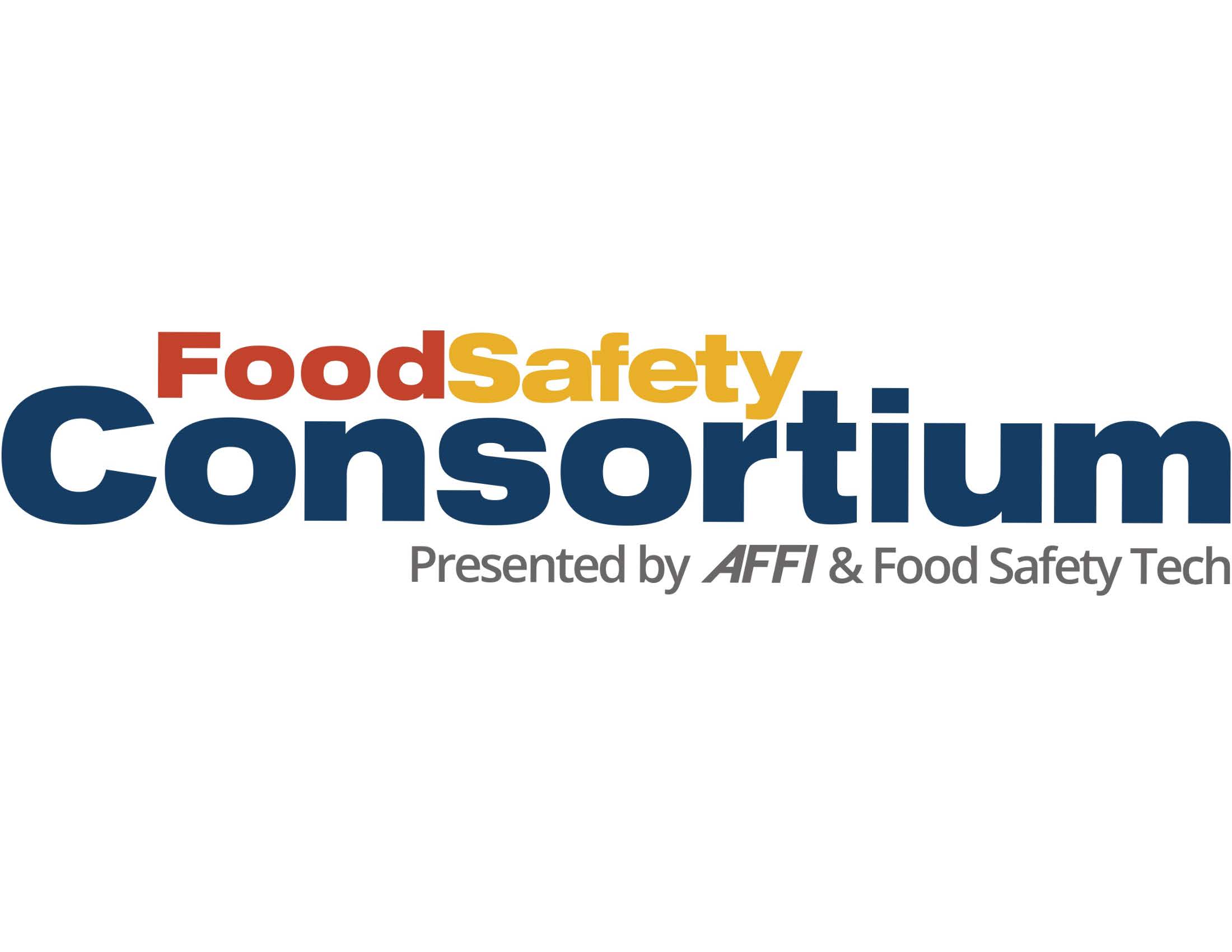FDA, FSMA, FSMS, HACCP, GFSI, BRC, SQF, IFS, FSSC… The food safety sector is a cornucopia of new regulations, abbreviations and standards. Helping navigate this maze are food safety training courses and the instructors. However, the success of training programs depends on how applicable these courses and the curriculum are to the industry and the specific client, and how experienced and knowledgeable the instructor is in understanding current regulations, specifications of standards, hazard profiles and compliance requirements of that client.
In an interview with FoodSafetyTech.com, Dr. John Surak, food safety trainer, and Warren Hojnaki of SGS, talk about trends they see in food safety training, areas of focus, how to keep training relevant and useful, and what they are expecting to see in the future.
John Surak, Ph.D., is principal of Surak and Associates, a full service food safety and quality consulting service. He works with the food processing industry in developing food safety and quality management systems, designing and implementing process control systems, and implementing Six Sigma and business analytics systems. Warren Hojnacki is Training Manager, for SGS North America. His department delivers training services for North American clients.
FoodSafetyTech.com: What are some broad trends in food safety training that you are noticing?
Hojnacki: What we are seeing is a lot of clients needing foundational training. For instance, our most popular training programs are still HACCP, implementation for FSSC 22000, SQF etc. On the other side, clients are still very confused about what they should do regarding new and proposed food safety regulations. While they are following the directives that they receive from their customers, currently there still is a wait-and-see mentality.
Dr. Surak: I notice the focus on food safety moving up the food chain. About 5 to 7 years ago, our primary clients for food safety training programs were food processing companies. Now our clients are suppliers to these companies as food companies are pushing the requirement for training on them. These supplier companies then need to make decisions on what schemes they want to be certified under. Most of the time, the customer accepts any GFSI-recognized scheme, but sometimes the customer names a specific scheme. Different GFSI schemes have different sweet spots and advantages. They all assume different knowledge about food safety and some are more prescriptive than the others. Clients have to figure out which scheme would be the best fit for them.
FST: What kind of training courses are most popular, most asked for?
Hojnacki: When clients and companies decide on getting audited or certified against a particular food safety standard, training for that standard is a common requirement. Auditors specifically want to be trained to build their skill level, whether it’s getting trained for HACCP or FSSC 22000. A number of our clients also come to us saying that when they have a 3rd party audit, the most common non-conformances pertain to a less than robust internal audit system, so auditor training is a critical area that our clients ask for.
Dr Surak: One of the biggest aspects of training that I try to focus on is lead auditor training. This course is designed to help an individual get certified in a particular audit scheme. We cover the same information for internal auditor training. However, the difference in this case is that for the internal auditor, the goal is to get his company certified. If a company has a strong internal auditor, they can reap substantial benefits. We also focus on, as part of our training, doing mock audits. This is more than going into a course or workshop and giving a lecture. For mock audits, you are put into a spot where you have to make real decisions on the floor. When we conduct such practice audits with our clients, in addition to our regular food safety training courses, we find a high level of involvement and interaction from the attendees and appreciation from the client.
FST: What are some of the gaps in the training that you notice?
Hojnacki: What we see in general is people not covering the topic in-depth enough. Many training courses (outside those offered by SGS) seem to cover the topic in a very superficial manner and this doesn’t help.
Dr. Surak: Many of the attendees who come to an audit training class have never taken the time to familiarize themselves with the standard. So what you are doing in that time is teaching them the standard and then teaching them how to audit. If the participants already know the standard, then you focus on just reviewing the standard and cover how to go about doing the audit.
FST: What are some common questions attendees ask at ‘implementation/auditor’ training?
Hojnacki: Attendees very much want to know application to their respective situation. As an auditor, you need to know the right open-ended questions to ask when you are conducting an internal audit, and in our training, we provide examples for that.
Dr. Surak: Our training focuses on enabling auditors to get the participant in a conversation and be able to answer questions during an audit. We are not in the business of writing traffic tickets, we are out to assess if the food safety system meets the standard, and also to identify the areas where it needs to be strengthened. Things that participants typically want to know are, going into a 3rd party audit, what is the auditor going to do? How is he going to react? And how can they present themselves in the best possible way to have a good audit? Also the instructor or auditor needs to understand the differences in the standards and the different hazards. There are unique challenges for different suppliers – or where along the supply chain they are, for instance are they a retailer, a supplier or a processor. It’s not a one size fits all situation. If you are looking at ingredient suppliers, the hazards are very different than what a retailer would be looking at, for instance.
FST: How do you identify the best training company or program for you?
Hojnacki: We go through this everyday with every client call and we understand that we are not the only resource, our clients have several options. We first evaluate the trainer to understand what’s their educational and work experience background? Does it correlate to the industry you are in? Are they practitioners or just theorists? Food industry is a very big growth area right now, and we are seeing a proliferation of tutors coming into this field. Some of them have varied backgrounds, such as in automobile or aerospace industry. Often times, clients will make a decision based on prices quoted, and then realize that it didn’t work out the way they had anticipated. We (SGS) have often had to go to that client and redo things. Today, more than ever, the decision to choose a trainer/ training vendor, needs to be based on their competence, experience, and skills.
Dr. Surak: I was recently at a client where they had completed certification training. When I asked to see the materials and bios of the instructor, I noticed that he had no prior experience in the food industry. I wondered how you could teach internal auditing in a food processing industry if you did not know about food processing! It’s imperative that clients look at the trainer’s background and experience.
FST: Food safety training in 2015 – what will change?
Hojnacki: Food safety training curriculum will have to increasingly show greater applicability to clients to meet their needs. It has to be a round peg and in a round hole type of situation. Especially with FSMA rules getting finalized, clients are going to expect more out of their training. They are going to expect their instructors to be a resource, and to be up to date on the respective regulations and be able to tell clients how these rules will apply to them, and what they need to do differently.
Dr. Surak: Processors are going to ask questions such as ‘I am certified to a GFSI scheme, so now do I have to do anything additional to meet new requirements’ or ‘are there areas where we have done some basic groundwork, and we have to raise the bar higher because of new regulations,’ and trainers need to be able to answer these.














